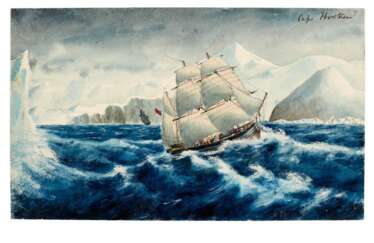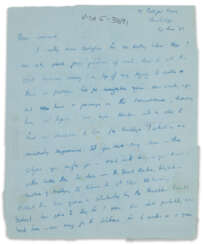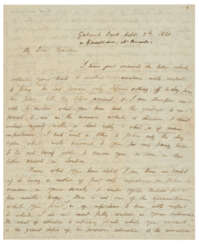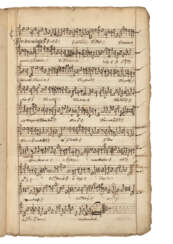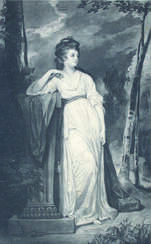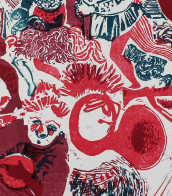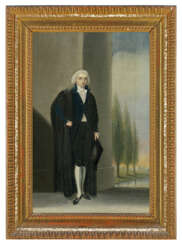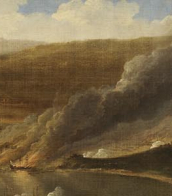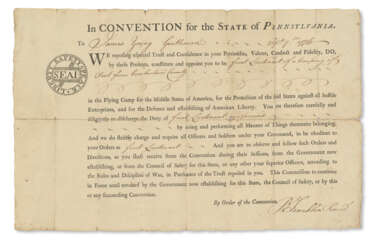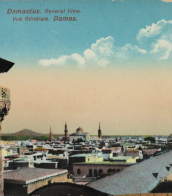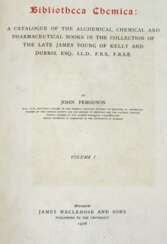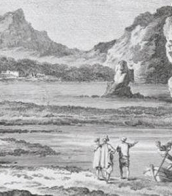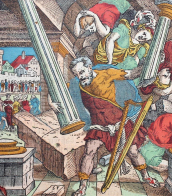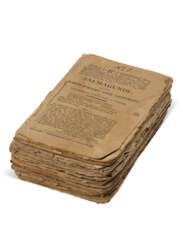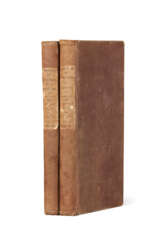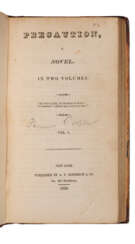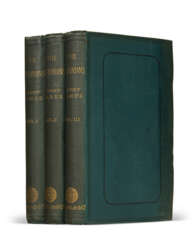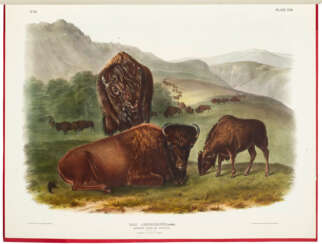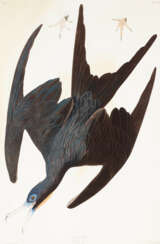james young
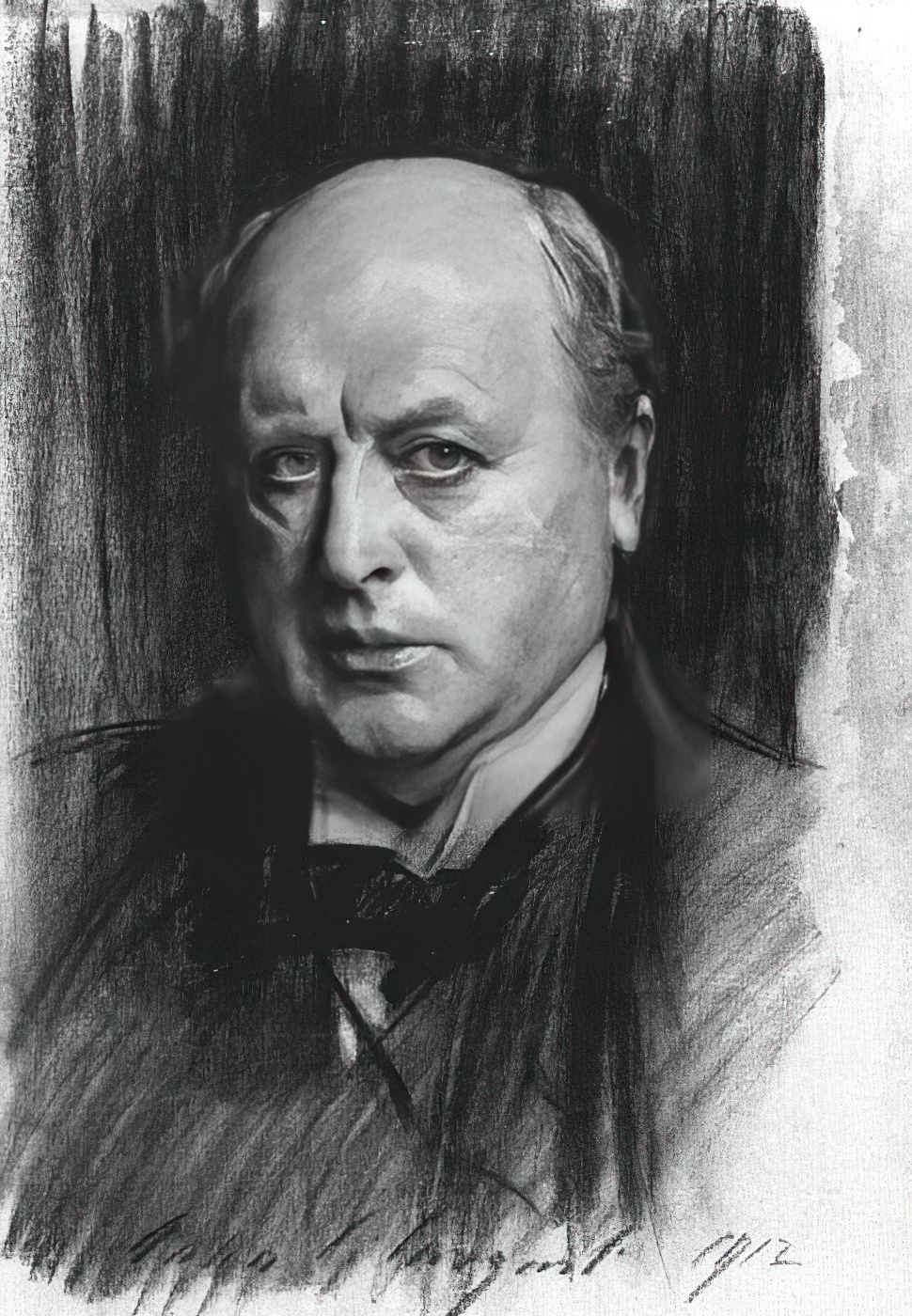
Henry James was an American-British author celebrated for his role as a key transitional figure between literary realism and modernism. Born on April 15, 1843, in New York City, James was known for his nuanced approach to the novel as a literary form. His works, including the famous "The Portrait of a Lady" and "The Turn of the Screw," delve into themes of consciousness and perception, and are revered for their insightful exploration of character and society.
James's mastery in prose is evident in his voluminous output of 22 novels, over a hundred short stories, and numerous volumes of non-fiction, including biographies, travel writing, and literary criticism. His storytelling, characterized by a subtle analysis of personal relationships, has earned him recognition as one of the great prose writers in American literature. This recognition has only grown since his lifetime, with his audience expanding significantly posthumously.
For collectors and experts in literature, James’s works are not just books but artifacts that capture the transformative period of early modernist writing. While physical exhibitions of his manuscripts and early editions are rare, they are highly sought after by collectors and museums. To stay informed about such rare opportunities and updates on Henry James, signing up for specialized updates is invaluable. Don’t miss the chance to explore and perhaps own a piece of literary history.

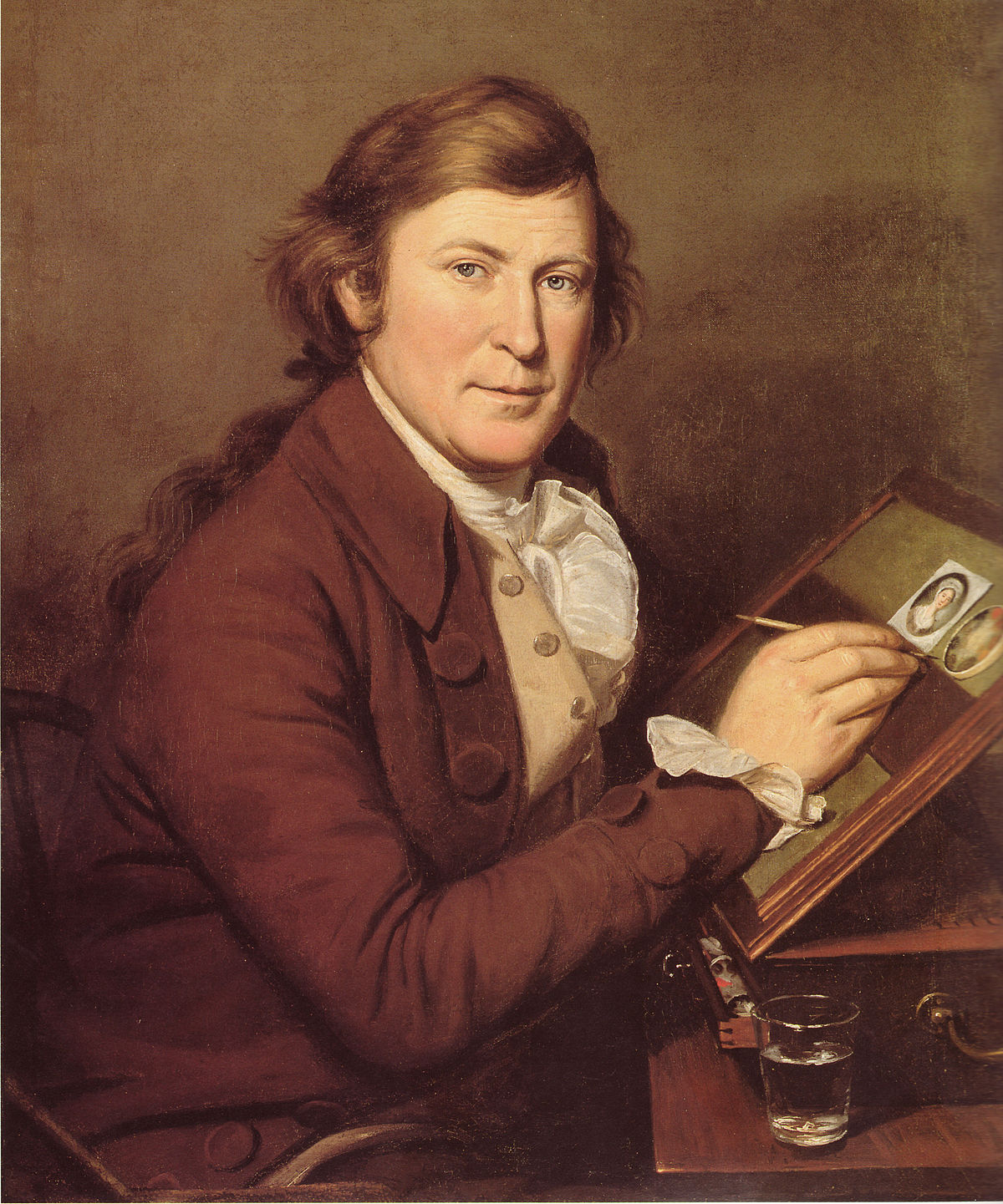
James Peale was an American painter, best known for his miniature and still life paintings.
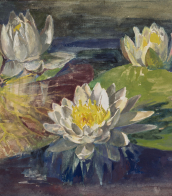
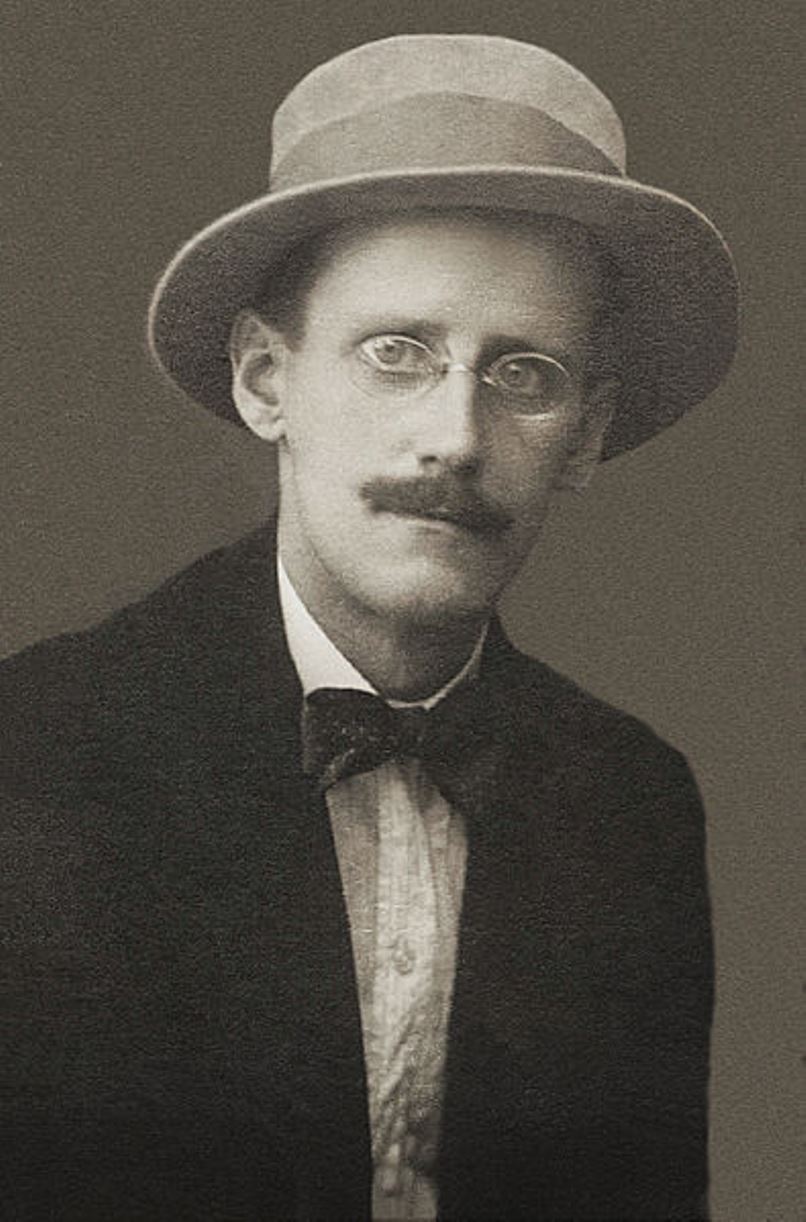
James Augustine Aloysius Joyce was an Irish writer and poet, journalist and literary critic.
Joyce is a representative of the modernist avant-garde movement and is considered one of the most influential writers of the 20th century. Joyce's best known works are the novels Ulysses (1922) and A Portrait of the Artist as a Young Man, and the short story collection The Dubliners.

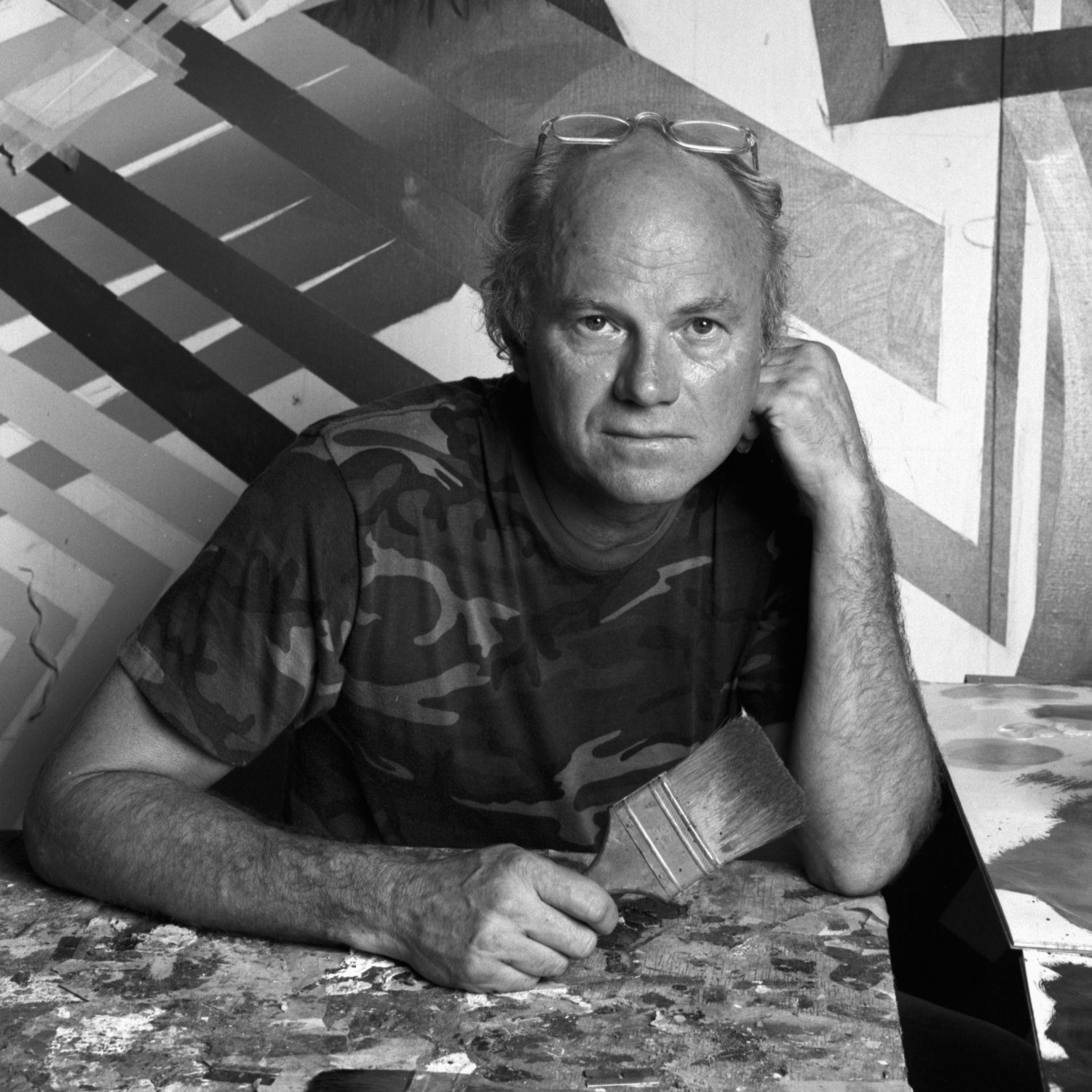
James Rosenquist was a towering figure in the American art scene, best known for his pivotal role in defining the Pop Art movement. Born in North Dakota, Rosenquist transformed his early experiences as a billboard painter into a revolutionary art form that blurred the lines between commercial and fine art. His unique approach to painting, characterized by the use of fragmented and juxtaposed imagery, mirrored the bombardment of mass media and advertising in American culture. This technique not only challenged traditional perceptions of art but also reflected the artist's critique of the consumerist society.
Rosenquist's most famous work, "F-111," an ambitious 86-foot-long mural, exemplifies his innovative style. Displayed at the Museum of Modern Art in New York, this piece encapsulates the essence of Pop Art by combining consumer goods, military imagery, and a fighter plane. The artwork serves as a powerful commentary on the military-industrial complex and the pervasive influence of advertising on American life. Another notable piece, "Stowaway Peers Out of the Speed of Light," showcases Rosenquist's later exploration into abstract expressionism, depicting a chaotic yet captivating vision of motion and light.
Throughout his career, Rosenquist's work remained deeply influential, earning him a place in prominent collections and museums worldwide. His ability to merge commercial techniques with fine art not only elevated his status as an artist but also left an indelible mark on the art world. Rosenquist's legacy continues to inspire artists and collectors alike, challenging them to see beyond the surface of everyday imagery.
For collectors and experts in art and antiques, James Rosenquist's work represents a pivotal moment in the history of modern art, where the lines between commercial and fine art were not just blurred but beautifully intertwined. To stay updated on new product sales and auction events related to James Rosenquist, we invite you to sign up for our updates. This subscription is your gateway to the evolving world of art collecting, where the legacy of innovators like Rosenquist continues to influence the market and inspire new generations of artists and collectors.
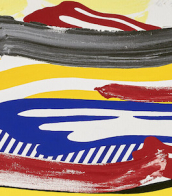
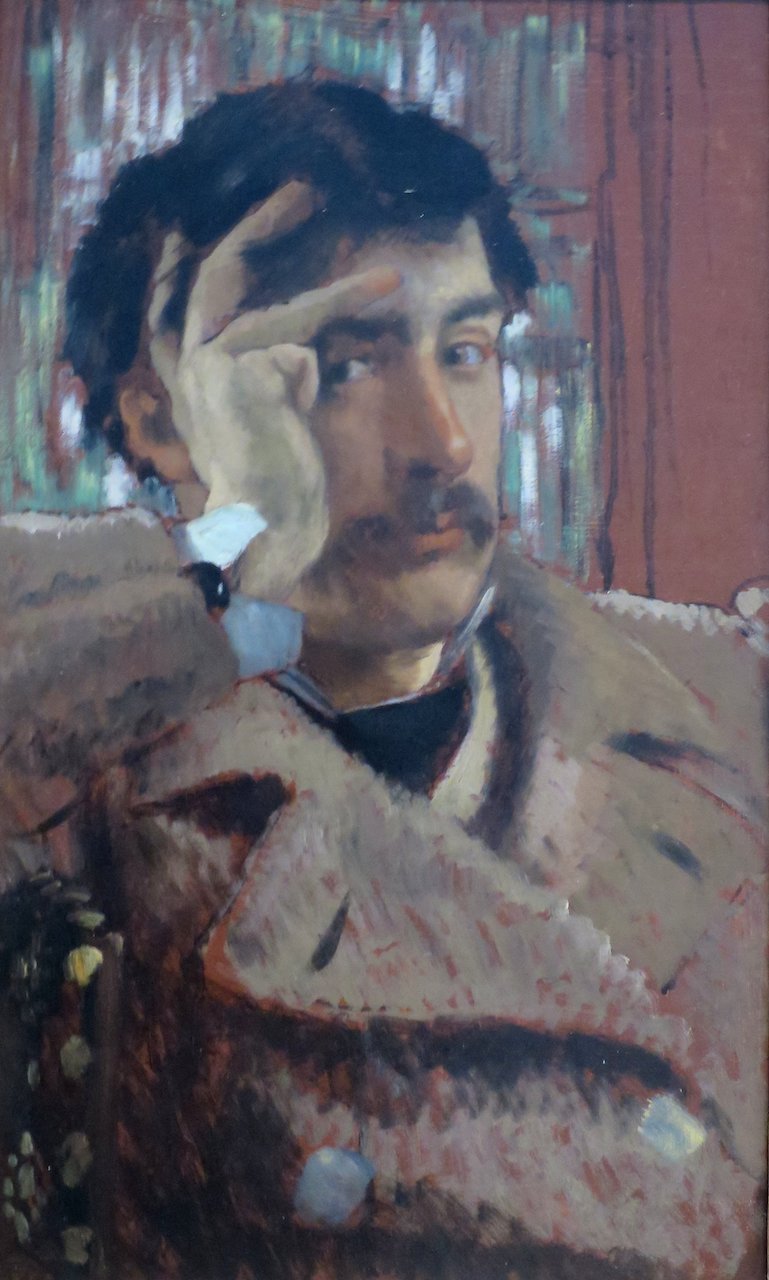
Jacques Joseph Tissot, anglicized as James Tissot, was a French painter and illustrator. He was a successful painter of fashionable, modern scenes and society life in Paris before moving to London in 1871. A friend and mentor of the Impressionist painter Edgar Degas, Tissot also painted scenes and figures from the Bible.
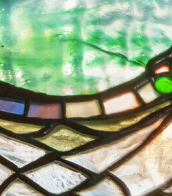

Jacques Joseph Tissot, anglicized as James Tissot, was a French painter and illustrator. He was a successful painter of fashionable, modern scenes and society life in Paris before moving to London in 1871. A friend and mentor of the Impressionist painter Edgar Degas, Tissot also painted scenes and figures from the Bible.

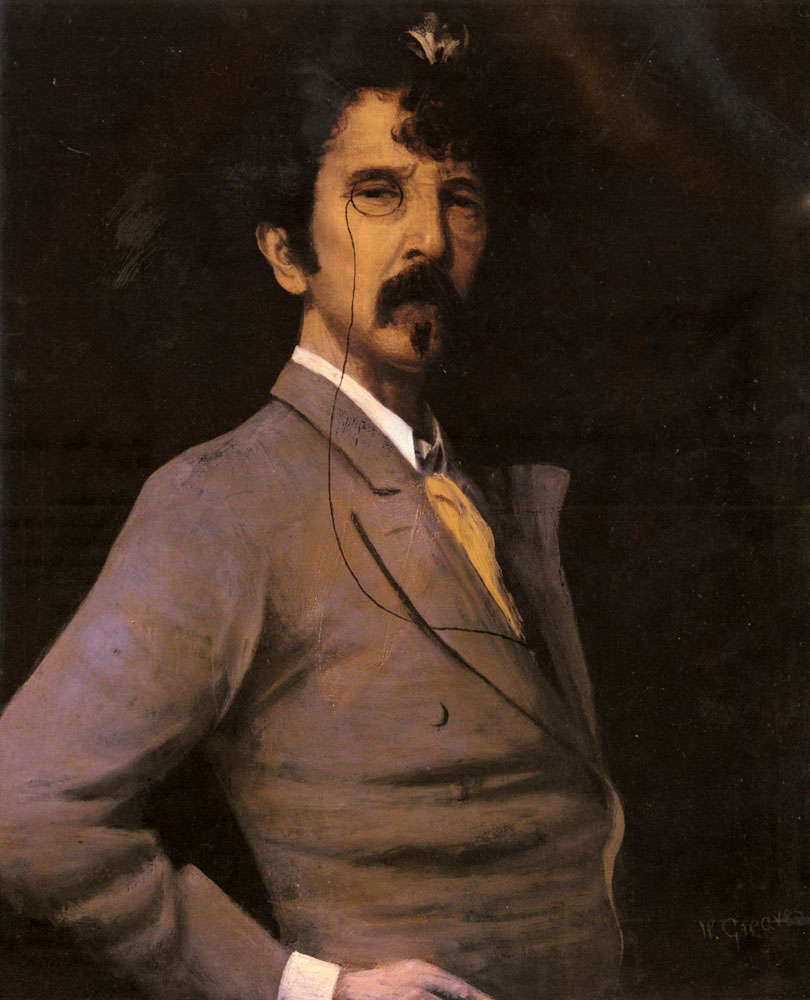
James Abbott McNeill Whistler was an American painter and printmaker, renowned for his role in the Aesthetic Movement and his advocacy of "art for art's sake." Born on July 11, 1834, in Lowell, Massachusetts, Whistler spent significant parts of his career in London and Paris, integrating modern French painting styles into his work.
Whistler's works often depicted nocturnal scenes of London and stylistically advanced portraits. His famous painting, Arrangement in Grey and Black No. 1, commonly known as Whistler's Mother, is a prime example of his skilled use of color and form to evoke emotion and atmosphere. This painting became iconic, influencing both peers and the wider culture, akin to works like Munch's The Scream.
Another notable work, Nocturne in Black and Gold: The Falling Rocket, stirred controversy and legal disputes due to its abstract quality, challenging conventional notions of art at the time. Whistler's influence extended beyond paintings, impacting interior design, furniture, and the overall aesthetic of visual arts through his detailed attention to harmony and composition.
For more detailed insights into James McNeill Whistler's life and work, you can visit comprehensive resources such as the Encyclopaedia Britannica or the Metropolitan Museum of Art's Heilbrunn Timeline of Art History.
If you're intrigued by the innovative techniques and enduring influence of James Abbott McNeill Whistler, consider subscribing to our updates. Stay informed about new sales, exhibitions, and auction events related to Whistler's works. Dive deeper into the world of art and discover pieces that celebrate the spirit of Aestheticism and artistic independence. Sign up today to enhance your collection and knowledge of one of the most visionary artists of the 19th century.
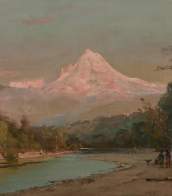

James Peale was an American painter, best known for his miniature and still life paintings.


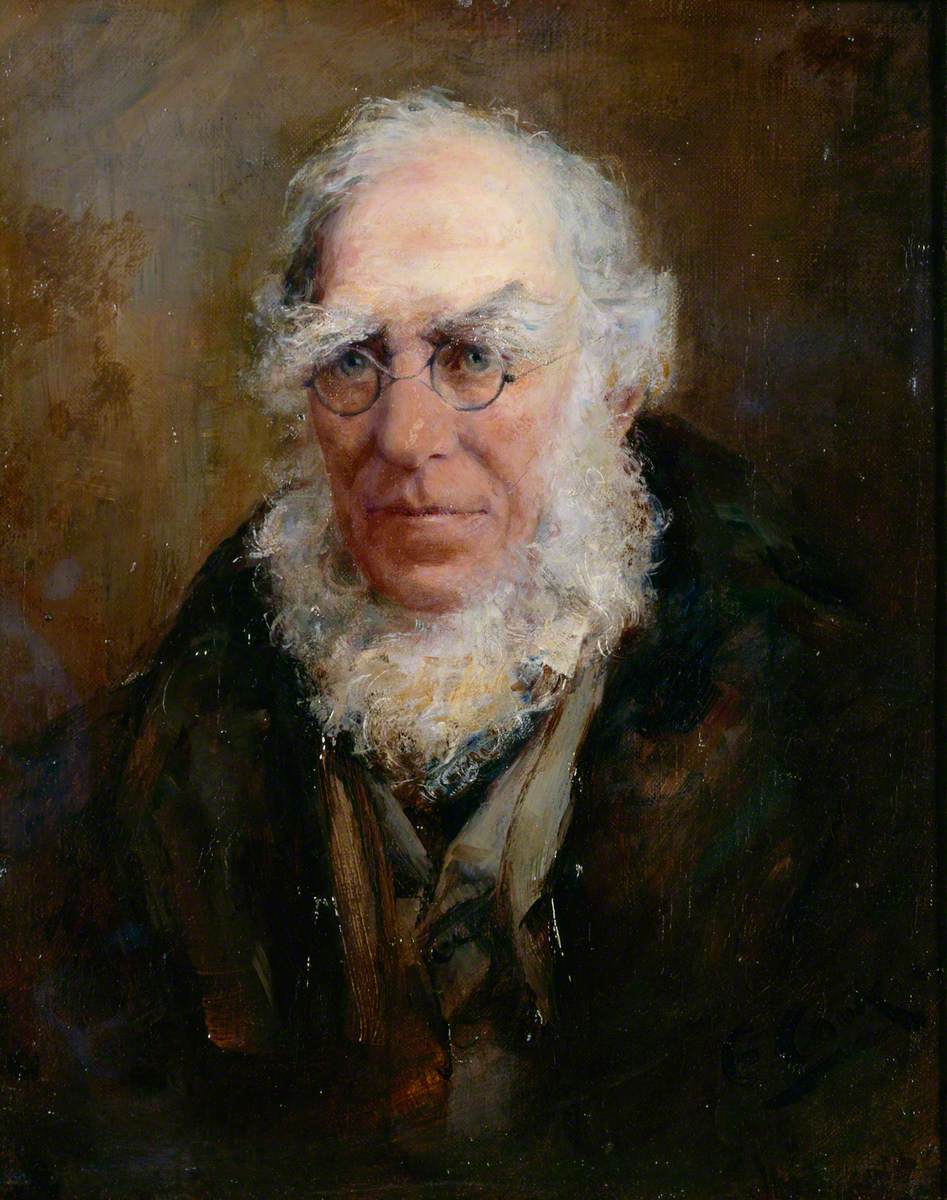

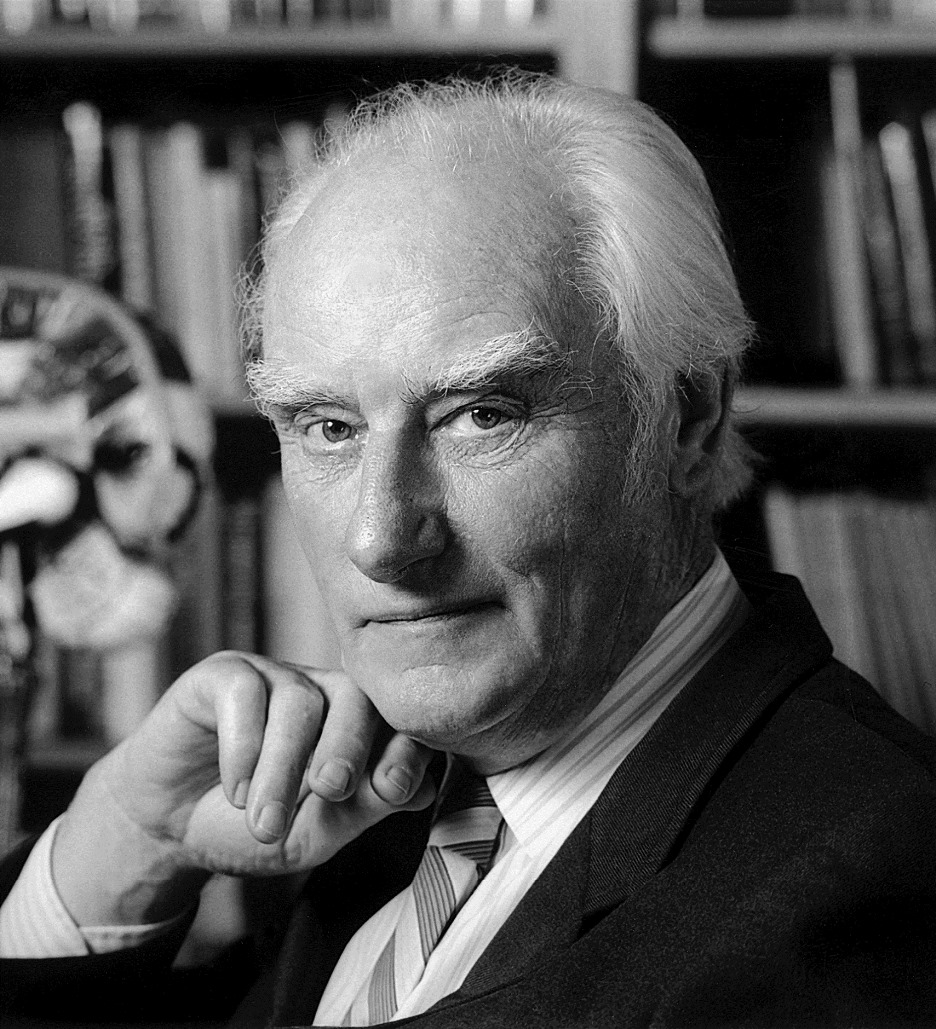
Francis Harry Compton Crick was a British molecular biologist, biophysicist and neuroscientist. He won the Nobel Prize in Physiology and Medicine in 1962.
During World War II he had to work on developments for the military, and in 1947 he turned to biology at the Strangeways Research Laboratory, University of Cambridge. In 1949 he moved to the University Medical Research Council at Cavendish Laboratories. Using X-ray diffraction studies of DNA by biophysicist Maurice Wilkins (1916-2004) and X-ray diffraction images taken by Rosalind Franklin, biophysicist James Watson and Crick were able to construct a molecular model consistent with the known physical and chemical properties of DNA.
This achievement became a cornerstone of genetics and was regarded as one of the most important discoveries of 20th century biology. In 1962, Francis Crick, along with James Watson and Maurice Wilkins, won the Nobel Prize in Physiology or Medicine for determining the molecular structure of deoxyribonucleic acid (DNA), the chemical ultimately responsible for the hereditary control of life functions.
From 1977 until the end of his life, Crick served as professor emeritus at the Salk Institute for Biological Studies in San Diego, California, where he conducted research on the neurological basis of consciousness. He also wrote several books. In 1991, Francis Crick received the Order of Merit.

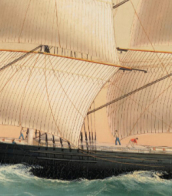
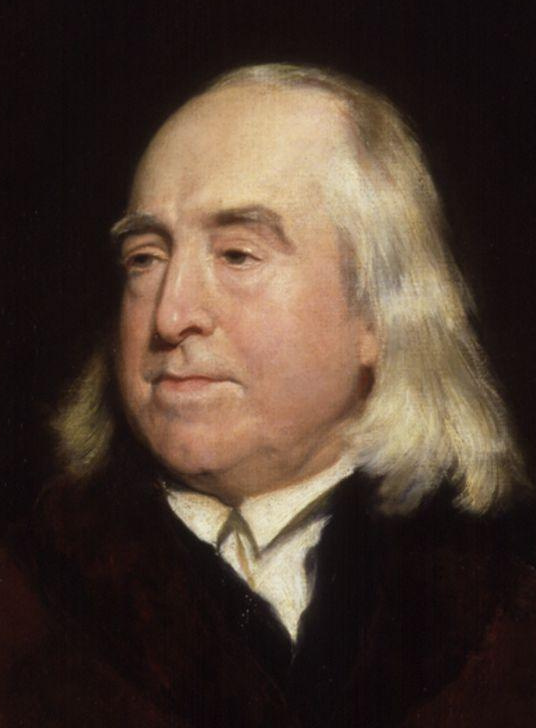

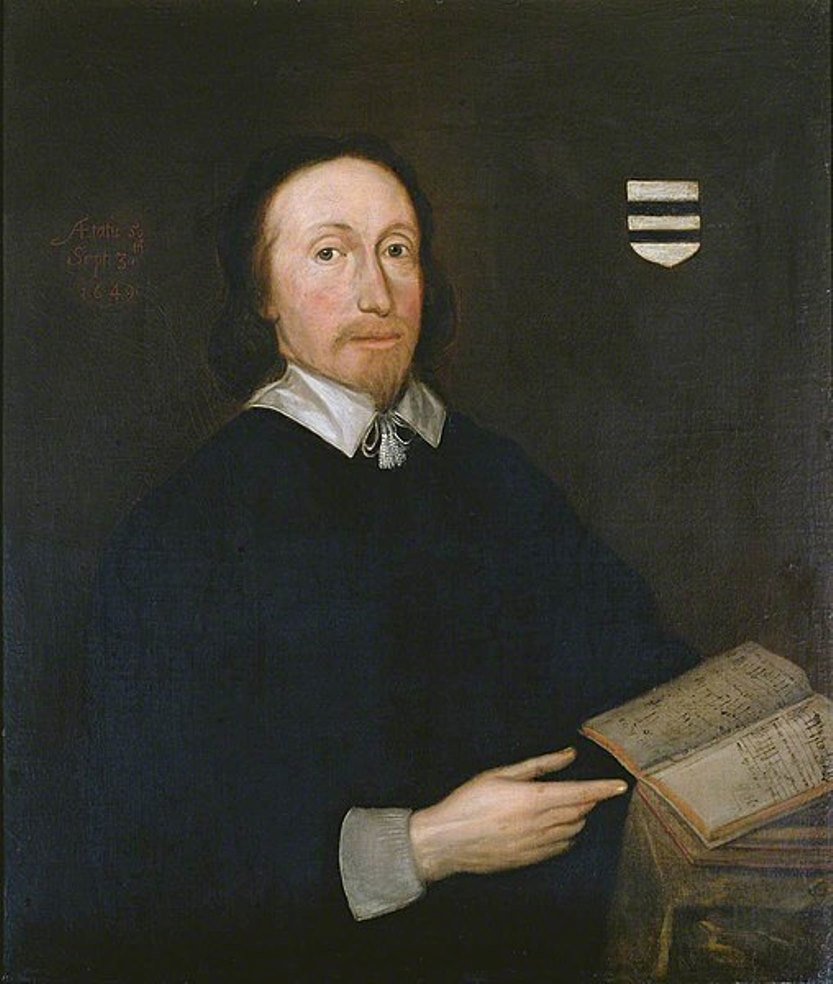
John Hilton the Younger was a British composer of the early Baroque period.
His father was the church musician, organist and composer John Hilton Senior, who died in Cambridge in 1609. Hilton Jr. earned a Bachelor of Music degree and became organist at St. Margaret's Cathedral in Westminster. In the 1630s he composed several oratorio-like works and later published a collection of 42 pieces. He is also credited as the author of several church hymns.
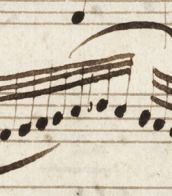
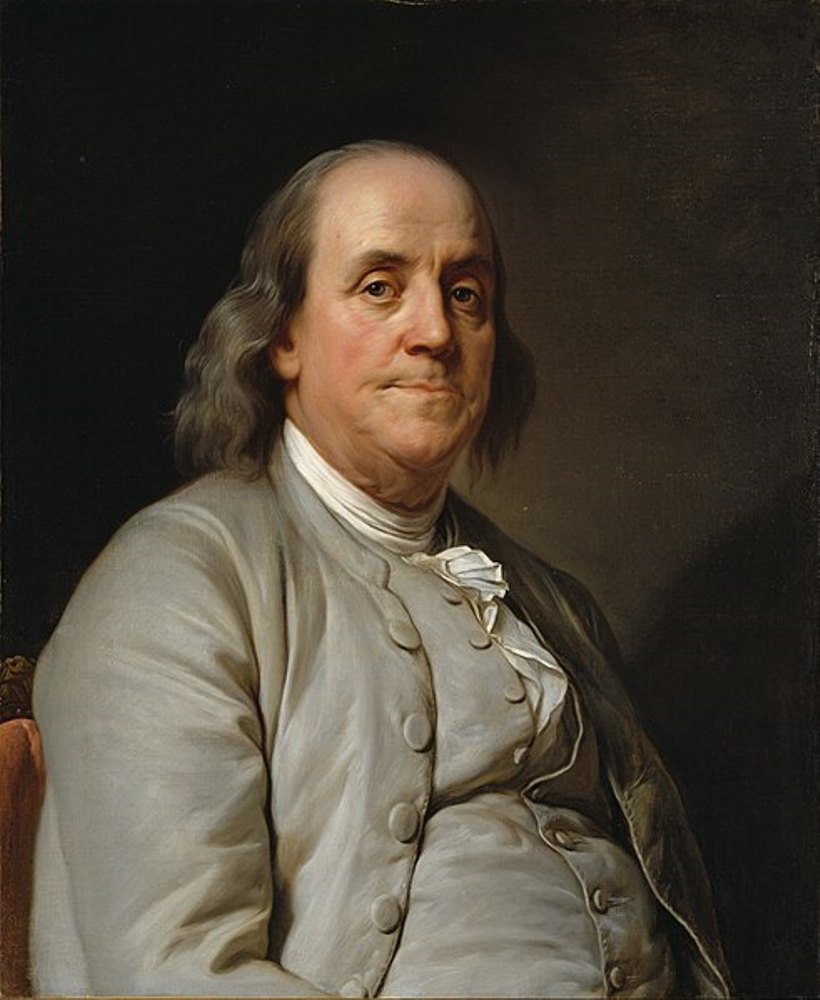

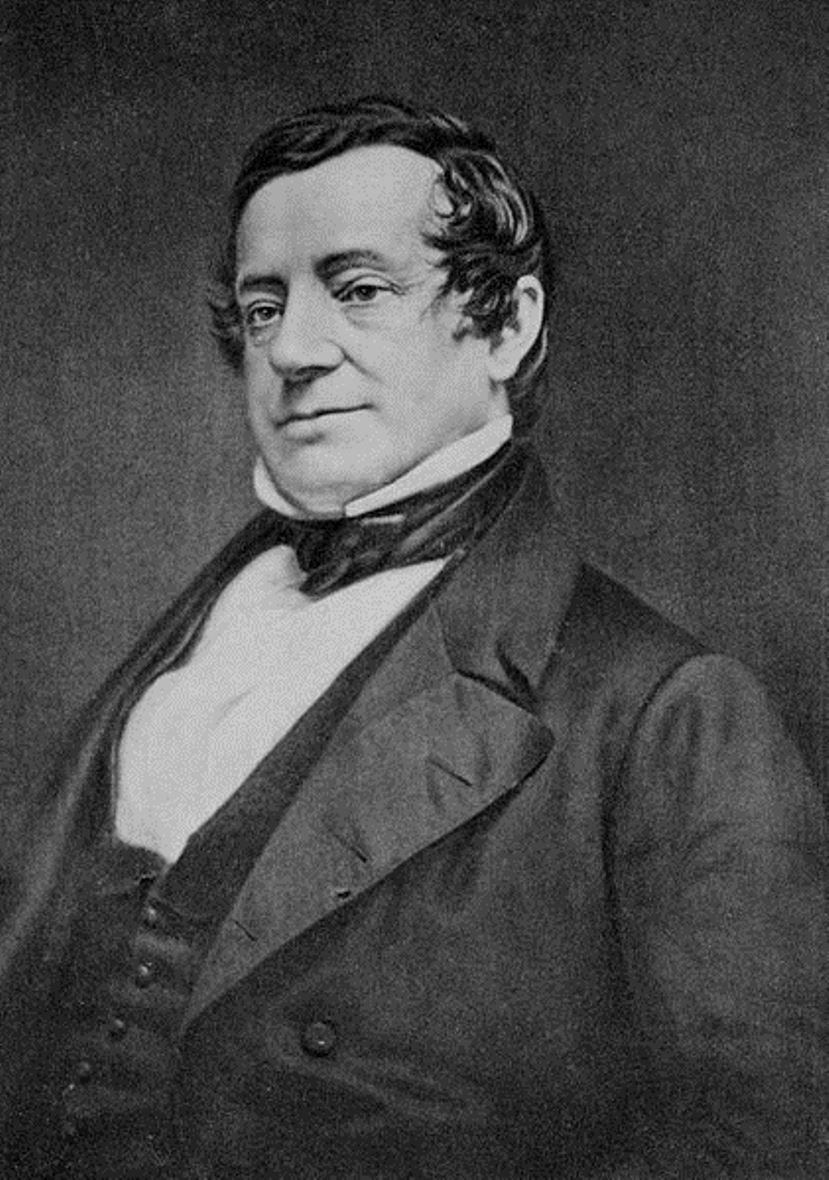
Washington Irving was an American Romantic writer, historian, and diplomat.
Irving has been called "the first American writer" to be recognized in Europe. In 1815, he traveled to England on family business. A huge success in England and the United States was The Sketch Book, published in several installments during 1819-1820, which contained two of the author's most famous works, Rip Van Winkle and The Legend of Sleepy Hollow, and which made him a literary star in both England and the United States.
He continued his literary endeavors and worked at the U.S. Embassy of Great Britain. Returning to the United States in 1832, Irving visited some little-known territories near the western fringes of the country, and this journey inspired his works Journey on the Prairie (1835), Astoria (1836), and The Adventures of Captain Bonneville (1837). Late in life he published several historical and biographical works, including the five-volume Life of George Washington (1855-1859).
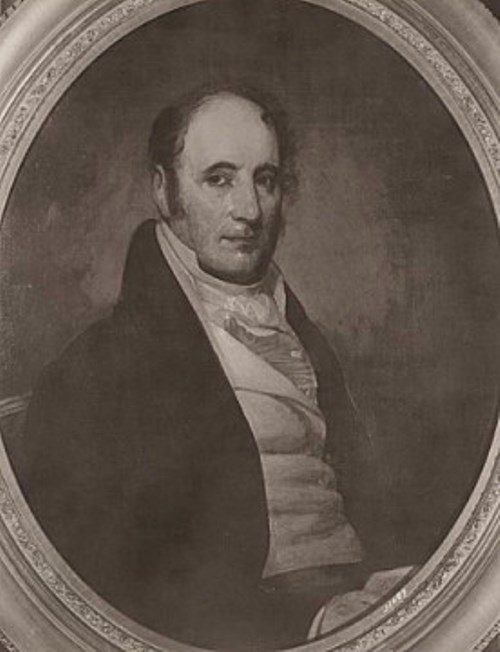
William Irving was the older brother of the famous writer Washington Irving and a U.S. Congressman.
William Irving was engaged in fur trading and other businesses, and wrote several essays and poems for the satirical magazine Salmagundi, which was published by Washington Irving as a periodical and later published as a book.
In 1813. William Irving was elected by Democratic-Republicans to represent New York's 2nd Congress in the U.S. House of Representatives.
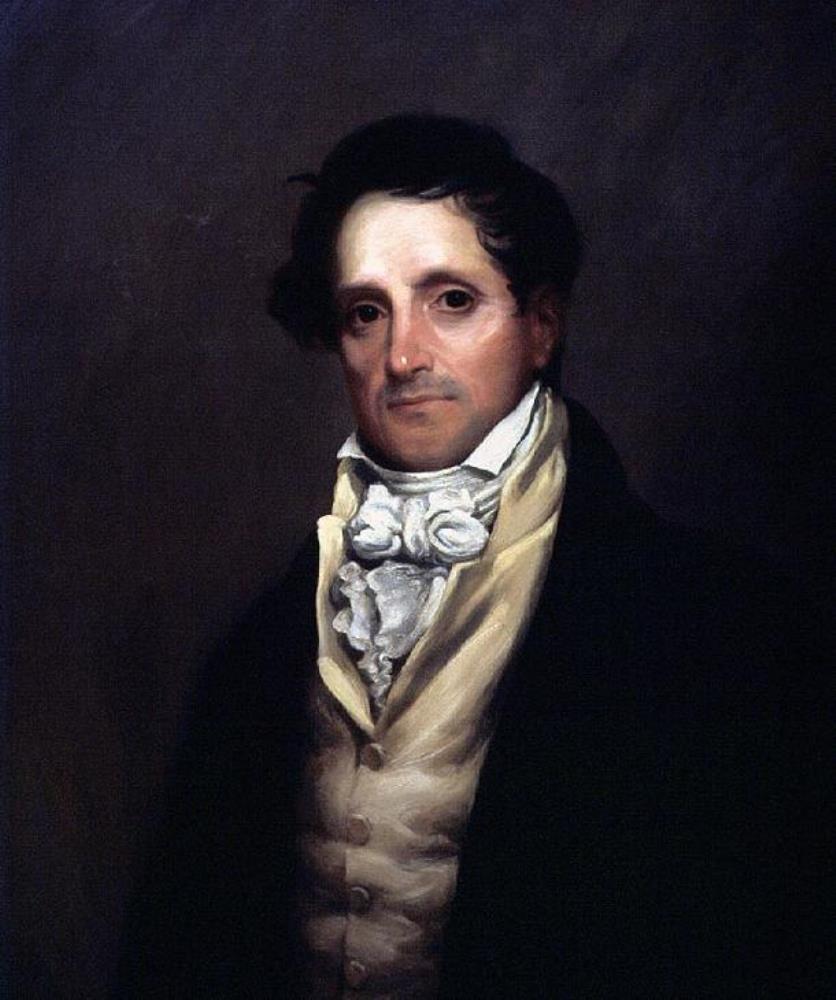
James Kirke Paulding was an American novelist, playwright, and statesman.
At the age of 18 in New York, he became friends with his brothers William and Washington Irving, and together with them began to write in the periodical satirical publication created by them "Salmagundi"). Paulding wrote several novels and plays, as well as many poems.

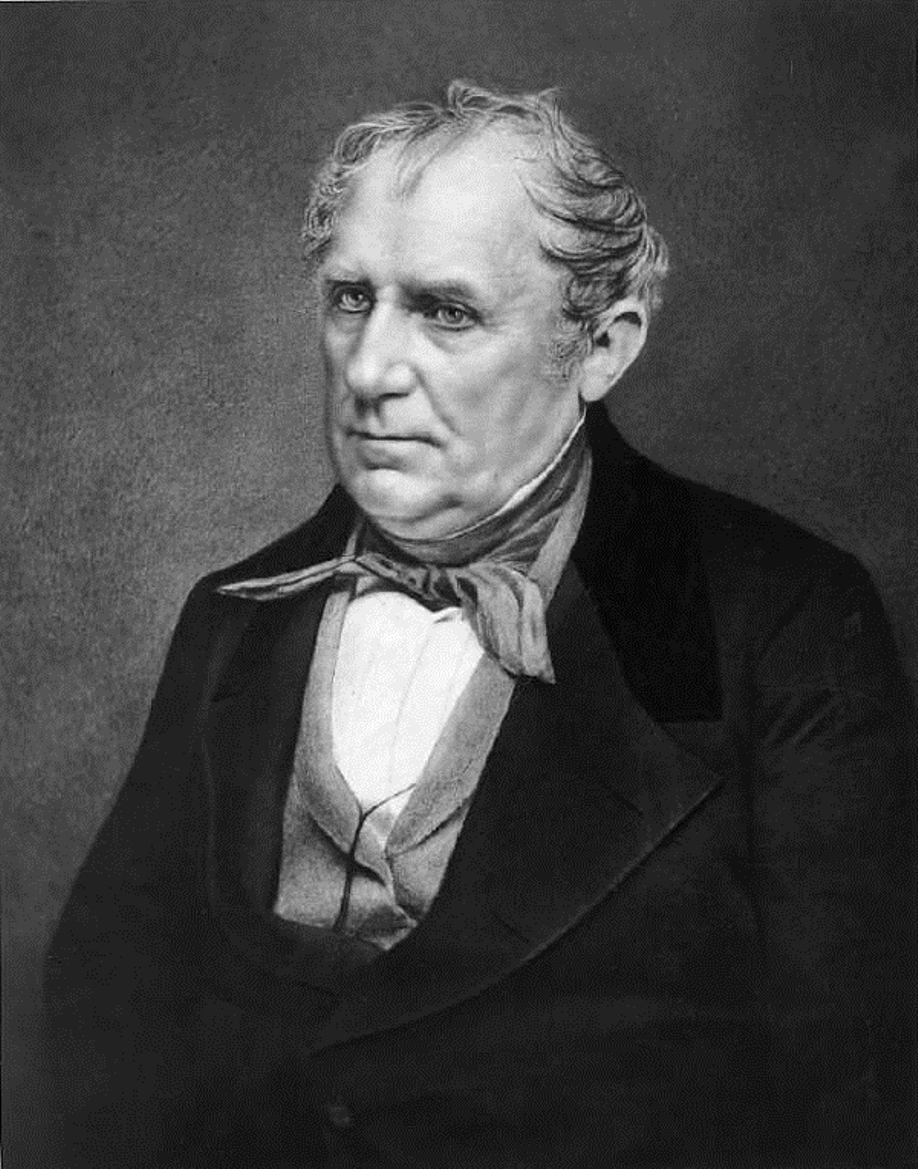
James Fenimore Cooper is an American writer and the founder of the Western genre.
Cooper is the first major American novelist, he wrote a whole series of novels from American life: "The Pioneers" (1823), "The Last of the Mohicans" (1826), "The Prairie" (1827), "The Pathfinder" (1840), "The Beastmaster, or the First Warpath" (1841). The author fascinatingly and vividly describes how Europeans waged wars among themselves on the American continent, involving Indian tribes in these strife. All of these works were a huge success in 19th century Europe and are still being reprinted today.
At the height of his popularity, Cooper spent seven years in Europe, and then returned to the United States, where he wrote works on military-historical and maritime themes until his advanced old age. Among them are "The Pilot, or Maritime History" (1823), "The Red Corsair" (1827).

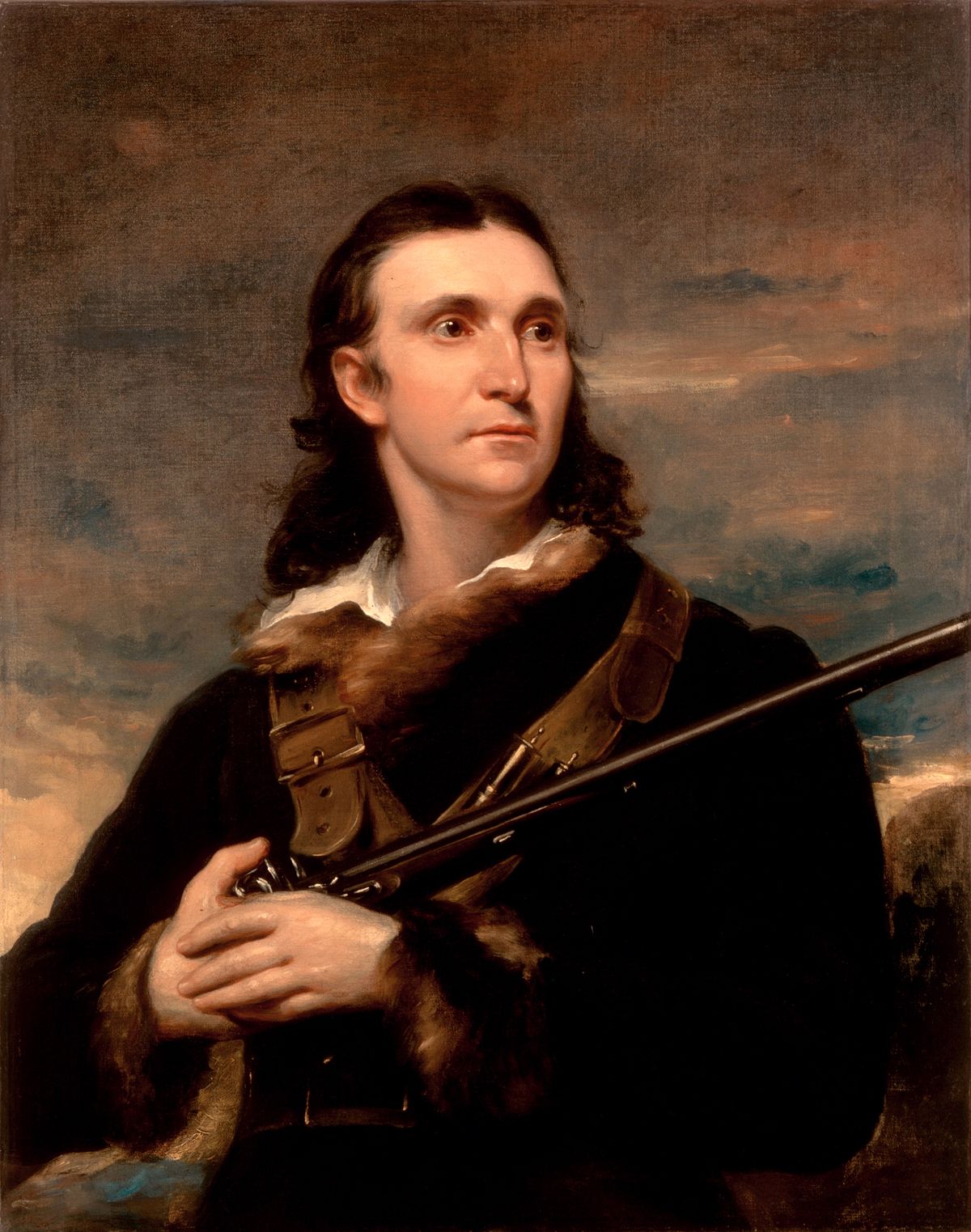
John James Audubon was a French-American ornithologist and painter, renowned for his groundbreaking illustrations of American birds. Born in 1785 in Les Cayes, Saint-Domingue (now Haiti), Audubon is remembered for his keen observation skills and innovative artistic techniques.
Audubon's most famous work, "The Birds of America," transformed the field of ornithology by presenting birds in lifelike poses and detailed backgrounds. Published between 1827 and 1838, it contained 435 hand-colored engravings, showcasing over 489 bird species. His unique approach to illustrating birds in their natural habitats was a departure from traditional methods, which often portrayed birds in rigid poses.
Audubon used a wire armature to position freshly-killed specimens, allowing him to depict birds with a sense of movement and vitality. This innovative technique was truly revolutionary and set him apart from his contemporaries. Additionally, Audubon's artistic skill and attention to detail made his illustrations highly sought after, with surviving copies of "The Birds of America" considered valuable collectibles today.
For art collectors and enthusiasts, Audubon's work continues to be a source of inspiration and admiration. His legacy endures through his contributions to ornithology and the art world, with museums and galleries showcasing his work. If you're interested in learning more about John James Audubon and his famous illustrations, consider subscribing to our newsletter for updates on new product sales and auction events related to his work.


James Fenimore Cooper is an American writer and the founder of the Western genre.
Cooper is the first major American novelist, he wrote a whole series of novels from American life: "The Pioneers" (1823), "The Last of the Mohicans" (1826), "The Prairie" (1827), "The Pathfinder" (1840), "The Beastmaster, or the First Warpath" (1841). The author fascinatingly and vividly describes how Europeans waged wars among themselves on the American continent, involving Indian tribes in these strife. All of these works were a huge success in 19th century Europe and are still being reprinted today.
At the height of his popularity, Cooper spent seven years in Europe, and then returned to the United States, where he wrote works on military-historical and maritime themes until his advanced old age. Among them are "The Pilot, or Maritime History" (1823), "The Red Corsair" (1827).


Henry James was an American-British author celebrated for his role as a key transitional figure between literary realism and modernism. Born on April 15, 1843, in New York City, James was known for his nuanced approach to the novel as a literary form. His works, including the famous "The Portrait of a Lady" and "The Turn of the Screw," delve into themes of consciousness and perception, and are revered for their insightful exploration of character and society.
James's mastery in prose is evident in his voluminous output of 22 novels, over a hundred short stories, and numerous volumes of non-fiction, including biographies, travel writing, and literary criticism. His storytelling, characterized by a subtle analysis of personal relationships, has earned him recognition as one of the great prose writers in American literature. This recognition has only grown since his lifetime, with his audience expanding significantly posthumously.
For collectors and experts in literature, James’s works are not just books but artifacts that capture the transformative period of early modernist writing. While physical exhibitions of his manuscripts and early editions are rare, they are highly sought after by collectors and museums. To stay informed about such rare opportunities and updates on Henry James, signing up for specialized updates is invaluable. Don’t miss the chance to explore and perhaps own a piece of literary history.


John James Audubon was a French-American ornithologist and painter, renowned for his groundbreaking illustrations of American birds. Born in 1785 in Les Cayes, Saint-Domingue (now Haiti), Audubon is remembered for his keen observation skills and innovative artistic techniques.
Audubon's most famous work, "The Birds of America," transformed the field of ornithology by presenting birds in lifelike poses and detailed backgrounds. Published between 1827 and 1838, it contained 435 hand-colored engravings, showcasing over 489 bird species. His unique approach to illustrating birds in their natural habitats was a departure from traditional methods, which often portrayed birds in rigid poses.
Audubon used a wire armature to position freshly-killed specimens, allowing him to depict birds with a sense of movement and vitality. This innovative technique was truly revolutionary and set him apart from his contemporaries. Additionally, Audubon's artistic skill and attention to detail made his illustrations highly sought after, with surviving copies of "The Birds of America" considered valuable collectibles today.
For art collectors and enthusiasts, Audubon's work continues to be a source of inspiration and admiration. His legacy endures through his contributions to ornithology and the art world, with museums and galleries showcasing his work. If you're interested in learning more about John James Audubon and his famous illustrations, consider subscribing to our newsletter for updates on new product sales and auction events related to his work.
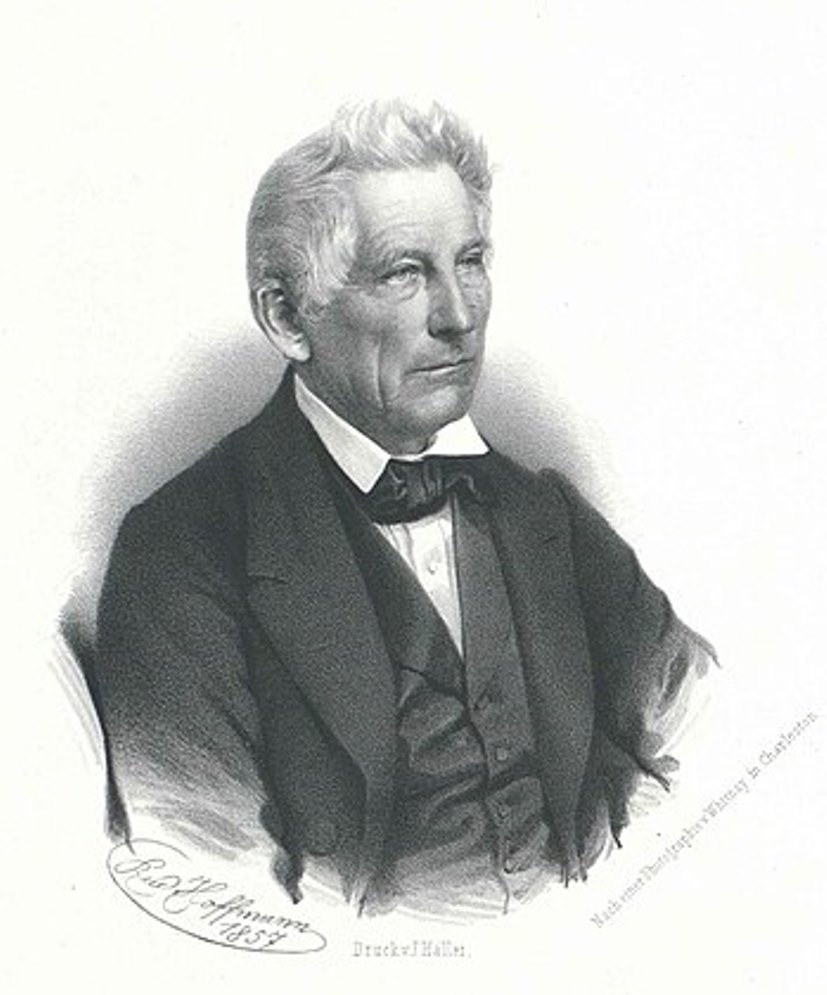


John James Audubon was a French-American ornithologist and painter, renowned for his groundbreaking illustrations of American birds. Born in 1785 in Les Cayes, Saint-Domingue (now Haiti), Audubon is remembered for his keen observation skills and innovative artistic techniques.
Audubon's most famous work, "The Birds of America," transformed the field of ornithology by presenting birds in lifelike poses and detailed backgrounds. Published between 1827 and 1838, it contained 435 hand-colored engravings, showcasing over 489 bird species. His unique approach to illustrating birds in their natural habitats was a departure from traditional methods, which often portrayed birds in rigid poses.
Audubon used a wire armature to position freshly-killed specimens, allowing him to depict birds with a sense of movement and vitality. This innovative technique was truly revolutionary and set him apart from his contemporaries. Additionally, Audubon's artistic skill and attention to detail made his illustrations highly sought after, with surviving copies of "The Birds of America" considered valuable collectibles today.
For art collectors and enthusiasts, Audubon's work continues to be a source of inspiration and admiration. His legacy endures through his contributions to ornithology and the art world, with museums and galleries showcasing his work. If you're interested in learning more about John James Audubon and his famous illustrations, consider subscribing to our newsletter for updates on new product sales and auction events related to his work.
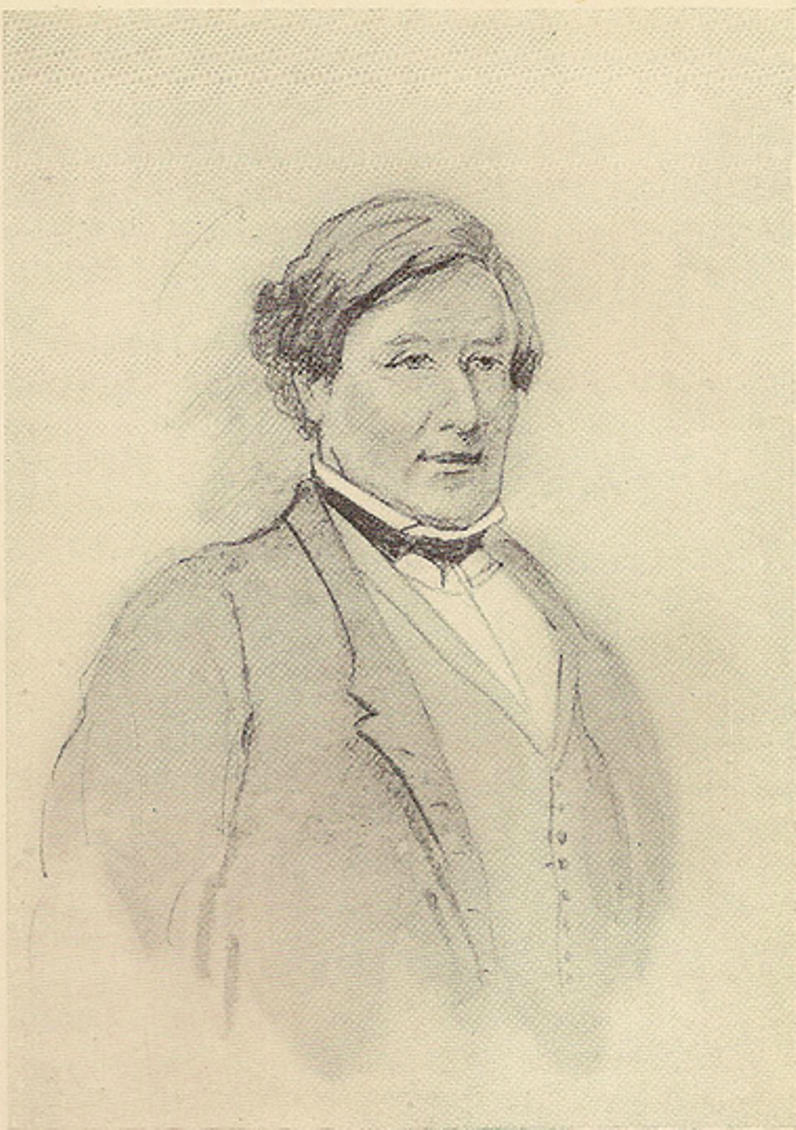







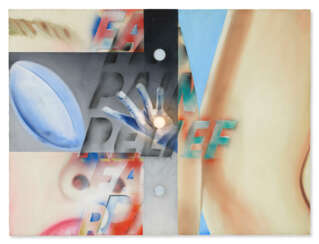

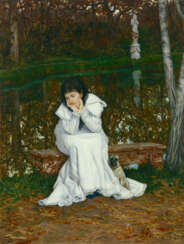

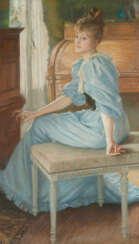







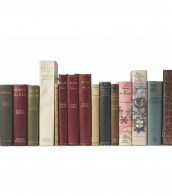
![McIAN, [Robert] R. (1803 – 1856) and James LOGAN (1797–1872)](/assets/image/picture_2943586/c610b/bc8a381ac624c9318364d86e25534b151689199200jpg__fix_374_244.jpeg)
![McIAN, [Robert] R. (1803 – 1856) and James LOGAN (1797–1872)](https://veryimportantlot.com/assets/image/picture_2943586/c610b/bc8a381ac624c9318364d86e25534b151689199200jpg__fix_374_244.jpeg)
![M'CRINGER, Joel, [James Brydges Willyams] (1772–1820) artist and author, ROWLANDSON, Thomas (1756- 1827), etcher](/assets/image/picture_2944200/77b31/91476b76c0765b5487d15a6c89349c071689199200jpg__fix_374_244.jpeg)
![M'CRINGER, Joel, [James Brydges Willyams] (1772–1820) artist and author, ROWLANDSON, Thomas (1756- 1827), etcher](https://veryimportantlot.com/assets/image/picture_2944200/77b31/91476b76c0765b5487d15a6c89349c071689199200jpg__fix_374_244.jpeg)
